|
Scotland is rich in beautiful landscapes, unique cities, and exceptional culture. The architecture of Edinburgh is unmatched with its unique style and refreshing sceneries with wildlife. These characteristics shape Scotland to be the amazing tourist destination that it is today. If you are planning a trip to Europe, Scotland is a must see. Confused on where to start planning? Read more to discover the wonders of Edinburgh and the Scottish Highlands! Edinburgh The country’s capital, Edinburgh is a beautiful city with a multitude of things to do whether you are looking for a quiet day out in nature or a more bustling atmosphere in the heart of the city. Some important landmarks include Calton Hill and Arthur’s Seat. If you want to get a breathtaking view of the city, these are great options. Another historic location that is a must-see in Edinburgh is the Edinburgh castle. These notable architectural sights display Scotland’s unique heritage. With the architecture being a blend of the medieval and Renaissance times, it creates a one-of-a-kind feeling to the city. If you are looking to explore the heart of Edinburgh, the Royal Mile is a great place to start. It stretches from the majestic Edinburgh Castle to the historic Palace of Holyroodhouse, lined with medieval architecture and charming shops. You may often see performers playing Scottish bagpipes on the street, capturing Scottish culture. The Royal Mile encapsulates the rich history and cultural heart of the city, making it a must-visit for any traveler. If you would like to explore more of the city with bustling activities, there are several notable museums that you can go to! One of them includes the National Portrait Gallery of Scotland. This is about a 15 minute walk from the Royal Mile, making it a great activity after picking up some food from a cafe or going to a bar after lunch. With Absolutely Amazing Travel, we can create the perfect itinerary for your day in Edinburgh while you are visiting Scotland so you make the most of your travels. Book an appointment HERE! Scottish Highlands The Scottish Highlands are a mesmerizing region of rugged mountains, deep lochs, and vast, unspoiled landscapes that evoke a sense of timeless beauty and adventure. Known for their dramatic scenery, the Highlands offer iconic sights such as Ben Nevis, the highest peak in the UK, and the mysterious Loch Ness, home to the legendary Nessie. Outdoor enthusiasts will find a paradise for hiking, cycling, and wildlife spotting, while the region’s distilleries offer a taste of Scotland’s renowned whisky. The highland cows and sheep in particular, are special to this region. If you are looking to explore the Scottish highlands during your time in Scotland, book an appointment to explore the bus tours that you can take to ensure that you don’t miss out on anything there! Create your perfect itinerary with us today!
0 Comments
Ready to go on an adventure? Visit Colombia and indulge in its beauty of nature, culture, and city landscapes. Your travels will be full of authentic experiences consisting of coffee tours, exploring historical cities, trekking and hiking, visiting museums, and exploring nightlife! If you’re intrigued in visiting Colombia, you’re in the right place. Here are some activities that you can add to your bucket list for your trip: Coffee Tours Taking a coffee tour in Colombia's Coffee Triangle is a delightful journey into the heart of one of the world's premier coffee-producing regions. Visitors can explore lush plantations, learn about the intricate process of coffee cultivation and production, and sample freshly brewed coffee right at the source. The scenic beauty of the rolling hills and traditional haciendas adds to the charm, making it a perfect blend of education and relaxation. Engaging with local farmers provides a deeper appreciation of the craft and culture behind every cup of Colombian coffee. If you are interested in booking a coffee tour, make sure to book an appointment so that we can fulfill your coffee cravings! Trekking/Hiking Hiking and trekking is exciting among the beautiful tropical forests and pristine beaches. Parks such as Tayrona National Park and El Cocuy National offer breathtaking panoramic views and are perfect places to visit for an adventure to get the full experience of Colombia. Other parks such as Puracé National Park are known for having spectacular wildlife as well as hot springs and waterfalls. Visiting Museums Colombia's museums and art scene offer a captivating glimpse into the country's rich history and vibrant culture. In Bogotá, the Gold Museum dazzles with its extensive collection of pre-Columbian gold artifacts, while the Botero Museum showcases the whimsical works of renowned artist Fernando Botero. Medellín's Museum of Modern Art features contemporary pieces that reflect the city's dynamic artistic spirit. These cultural institutions not only preserve Colombia's heritage but also celebrate its artistic innovation and diversity. Exploring Cuisines Colombian cuisine is a delightful fusion of indigenous, Spanish, and African influences, offering a rich tapestry of flavors. Traditional dishes like arepas, bandeja paisa, and ajiaco highlight the country's diverse culinary heritage. Coastal regions boast fresh seafood dishes such as ceviche, while the Andean regions are known for hearty stews and grilled meats. Street food, including empanadas and buñuelos, provides a quick and tasty way to experience local flavors. Confused on what to try and what restaurants to go to? Leave it to us at Absolutely Amazing Travel to help you plan the perfect vacation!
Embarking on your latest travel adventure? Here are some tips for packing to ensure you have all the essentials to enjoy your trip: Want to pack light? The 1-2-3-4-5-6 Rule can help you do so! This rule allows you to pack light while still carrying all the things you need to stay comfortable. It consists of: 1 hat 2 pairs of shoes 3 bottoms 4 tops 5 pairs of socks 6 pairs of underwear These are the basics. You can start here with your packing and add more items such as jackets or swimwear based on your travel destination. Bring multi-use footwear When you are traveling, it is important to bring durable footwear as your journey itself may consist of lots of walking throughout airports, hikes, etc. Make sure the footwear is comfortable as well as broken in to avoid blisters or any other pains in your feet. Take proper luggage. When there are a range of types of luggage to take, it is important that you choose the ones that are the most efficient for your trip. You can take rolled luggage, duffle bags, travel backpacks, etc. Rolled luggage can be helpful for business trips and family travels while duffle bags/wheeled duffle bags can be useful for more adventurous travels. If you are traveling to multiple cities, take a travel backpack to stay light throughout your journey. Additionally, make sure to keep travel documents handy in your carry on and in a space where it is safe but also easy to access to ensure a smooth traveling process. Have more questions about booking your next trip? Check out the link below!
Food is instrumental in shaping culture and is an amazing way to connect with people. If you have ever been curious about traveling to India, particularly the southern region of Tamil Nadu, make sure to experience the authentic flavors of these dishes: Savory Meals
Snacks
Deserts
Ready to start planning your next vacation to India? Book a vacation planning session at https://my.timetrade.com/book/LKZ86!
Arches National Park The Arches National Park is the perfect spot to start your exploration in Utah. The park is home to over 2,000 natural arches–the highest density in the world! It consists of the delicate arch as well as the landscape arch both of which are strong symbols of Utah. In addition to the multitude of beautiful geological formations, there are lots of activities to do such as hiking, photography, rock climbing, etc. This park is the perfect stop to fit all of your nature needs and take in the natural beauty of the outside world. Bryce Canyon National Park Bryce Canyon is a mesmerizing landscape of red rock hoodoos, scenic vistas, and star-filled night skies, offering visitors an unforgettable experience in one of Utah’s most iconic natural settings. Hoodoos are tall, thin spires of rock that protrude from the bottom of arid basins made primarily of limestone, siltstone, dolomite, and mudstone. Bryce Canyon has the largest amount of hoodoos in the world, making it a notable attraction. One of the park’s main attractions is the Bryce Amphitheater, a giant natural bowl filled with hoodoos and other rock formations. Other activities in the park include hiking, stargazing, wildlife viewing, etc. Bryce Canyon is particularly known for stargazing as its dark skies make it an excellent spot. Canyonlands National Park Canyonlands National Park is a diverse and rugged landscape characterized by dramatic canyons, mesas, buttes, and rivers. The park is divided into four districts: Island in the Sky, offering panoramic views; The Needles, known for its colorful spires; The Maze, a remote and challenging backcountry area; and The Rivers, where the Colorado and Green Rivers provide opportunities for rafting. Popular activities include hiking, camping, off-roading, and photography. The park’s unique geology showcases millions of years of sedimentary rock formations, and its flora and fauna include desert plants, mule deer, and various birds. Best visited in spring and fall, Canyonlands offers a stunning and adventurous experience for outdoor enthusiasts. Capitol Reef National Park Capitol Reef National Park, located in south-central Utah, is renowned for its striking geological feature, the Waterpocket Fold, a 100-mile-long wrinkle in the Earth's crust. The park is known for its diverse landscapes, including dramatic cliffs, canyons, and domes, as well as historical sites like the Fruita Historic District with its lush orchards. Visitors can enjoy hiking, scenic drives, camping, wildlife viewing, and stargazing in this International Dark Sky Park. Capitol Reef's unique blend of natural beauty and cultural history makes it a captivating destination. Zion National Park
Zion National Park is renowned for its dramatic red rock formations, deep canyons, and diverse ecosystems. The park's main feature is Zion Canyon, carved by the Virgin River, offering popular hikes like Angels Landing and The Narrows. Visitors can enjoy rock climbing, wildlife viewing, and photography in this stunning landscape. The park operates a shuttle system to reduce traffic, and has several campgrounds and visitor centers. Zion's geological and ecological richness makes it a premier destination for outdoor enthusiasts.  The city of Oxford, England has a distinct charm with its historic architecture, modern innovation, and well-known academics. Just a bus ride away from London, Oxford is a must-see when traveling to the UK. The cobbled streets and lively pubs will keep you wanting more from this timeless city. If you’re looking to find unique places to visit in your time in the UK, you’re in the right place. University of Oxford Explore one of the best institutions in the world, the University of Oxford while you are in the United Kingdom. It is one of the oldest universities in the English speaking world and its rich history is a must see. Visit the Bodleian libraries as well the several colleges including Trinity College, Christ Church, Magdalen College, etc. The Covered Market The Covered Market has a variety of choices for your new favorite lunch spot or the next place to buy flowers for your coffee table. The vibrant atmosphere allows people to connect with the beautiful culture of Oxford. The next time you’re in town, visit Sasi’s Thai for some authentic Thai cuisine or Ben’s Cookies for your next fresh baked dessert! Oxford Botanic Garden
The Botanic Garden in Oxford will be calling you on a bright sunny day. Whether you are with your family, friends, or simply enjoying a day to yourself, the Botanic Gardens is the perfect stop. In the midst of the hustle and bustle lifestyle, taking a walk around the Botanic Gardens or reading a book there can be a peaceful retreat. It has a beautiful variety of plants from different parts of the world from small shrubs to herbaceous perennials. A visit to the Botanic Gardens promises a fulfillment of natural wonder, tranquility, educational enrichment, and historical legacy. You’re planning for your next vacation, and Malta is one of the countries on your mind. Of course, you’ve heard that the country is a beautiful place with scenic beaches and wonderful weather. But are there enough sights in the country to give you an unforgettable experience? The short answer is yes. Malta has a lot of unique sites that make it a worthwhile place to visit. There are also a million things to do there, so you’ll never get bored. In this article, we’ll explore the best reasons why you should take a trip to Malta. You’ll also learn about all the exciting places and the activities you can enjoy while on your trip. Can’t wait? Then, let’s dive in. 7 Reasons Why You Should Visit Malta 1. Valetta Valetta is the best place to explore Maltese culture. The city boasts traditional buildings, ranging from theatres to archaeological museums. These structures are designed in classical styles, true to the ancient Maltese heritage. You can watch a performance in one of the city’s famous theatres or learn about museum artifacts. When you get hungry, you should visit Caffe Cordina — the oldest restaurant in Valetta — and try their world-famous Pastizzi. Although Valetta may look like a medieval city, it’s just as busy as any metropolis. In fact, it has the largest population in Malta. So, make sure to start out early when you want to explore the city. Otherwise, you’ll be stuck in traffic for several hours. Best Locations in Valetta for Tourists. Don’t leave Valetta without visiting the following places: St John’s Co-Cathedral The St John’s Co-Cathedral showcases beautiful architecture and famous artworks hung on gold-plated walls. The most notable piece in the church is the Beheading of St. John the Baptist, created by the renowned Italian painter Caravaggio. Grand Master’s Palace The Grand Master’s Palace is the official seat of the President of Malta. All the corridors of this palace are lined with staterooms, where parliamentary members used to hold their sessions until 2015. Near these staterooms is a Knights’ armory that houses a collection of medieval weapons dating back to the 16th century. Fort St. Elmo Fort St. Elmo is a pentagon-shaped fortress built to defend the country against sea attacks during the Great Siege. This fort displays artifacts that help you understand the evolution of the Maltese. National War MuseumThe National War Museum is a military-themed museum located inside Fort St. Elmo. This museum contains war relics like the Gloster Gladiator, Franklin Roosevelt’s Husky Jeep, and the armor of the Ottoman Turks. Upper Barraka Gardens Take an afternoon stroll through the Upper Barrakka Gardens to enjoy a view of saluting battery cannons. In these gardens, you’ll also find monuments of prominent men in history, such as Winston Churchill and Sir Thomas Waitland. The National Museum of Archaeology The National Museum of Archaeology showcases the tools used by the earliest Maltese citizens to perform their daily activities. There are also several statues and artworks that demonstrate the artistic skills of those people. The most famous element in the museum is the Venus of Malta, a headless female statue that depicts the fertility goddess. The Three Cities The Three Cities are a group of fortified cities near Valetta, namely Cospicua, Senglea, and Vittoriosa. You can take a ferry from Valetta to the area and admire the hundreds of boats docked by the harbor. 2. Gozo Gozo is the center of history in Malta. Most of the structures in this city were constructed several centuries ago by the earliest dwellers in Malta. Unlike Valetta, Gozo has a peaceful environment. Expect scenic beaches, idyllic landscapes, and a relaxed atmosphere. Best Locations in Gozo to Visit Citadel The Basilica of Ta’PinuThe Citadel is a large fort built by the Knights of St John to defend Malta against land attacks. The alleys in this site contain three museums that house exhibitions that improve your understanding of Malta’s history. Although entrance to the Citadel is free, you’ll have to buy a ticket to visit the museums. The Basilica of Ta’Pinu The Basilica of Ta’Pinu is a pilgrimage site that attracts Christians worldwide. This chapel was built by the Holy Church after Karmela Grima, a Catholic, heard someone calling her in the area. Today, believers visit the church to pray for the intercession of the Lady of Ta’Pinu in their life problems. And when their problems are solved, they display the site with tokens to show their appreciation. The site also contains several mosaic artworks depicting the life of Christ. Marsalforn Bay Marsalforn Bay is a small seaside village with a large promenade. You can take a midday stroll on the path and explore restaurants that serve local seafood delicacies. When you get to the front of the promenade, you’ll find a sandy beach with rocky shoreline. This beach is great for sunbathing and snorkeling. If you take a short walk from the beach, you’ll discover the Schweini saltpans, where Maltese residents harvest and process salt. Dwejra Inland Sea The Dwejra Inland Sea was naturally formed when two limestone caves collapsed millions of years ago. That collapse led to the development of unique rock formations in crocodile shapes. You can ride through the sea and view the rock formations in the ocean. Azure Window Azure Window used to be an arch above the sea until it collapsed in 2017. Yet, the Azure Window still draws divers to the site. In fact, it has been named one of the top destinations for divers worldwide. If you are an amateur diver, you can take a shallow swim in the sea to watch the tropical fish. Advanced divers often scuba dive into the ocean to explore the remains of the azure window and view old shipwrecks. 3. Malta’s Temples Malta has some of the oldest temples in human history. A lot of these religious sites were built between 3,000 – 4,000 BC. They also have highly sophisticated designs and have even been named World Heritage Sites by UNESCO. If you are fascinated by religion, you might want to visit Malta to see the temples. To help you, we’ve made a list of the best temples in Malta and why they might interest you. Best Malta Temples to Visit Ggantija Temples It is generally believed that giants built the Ggantija temples. That must be why they were given the name Ggantija, which means ‘Giant’ in the Maltese language. True to their legend, the limestone blocks used in building the temples are over 5 meters long and fifty tons in size. In front of each Ggantija temple is a large terrace that holds animal remains and stone hearths. These items suggest that the terrace may have been used to conduct animal sacrifices many years ago. When you visit the temples, you might also see some statues on display. The Ggantija temples are located in Gozo. Hagar Qim Hagar Qim is another notable Maltese temple built from limestone. This temple stands on a hilltop and is located only 2km away from the Qrendi village in Malta. Like the Ggantija temples, Hagar Qim contains animal remains, carvings, and statues. But the most fascinating object in the temple is a statue named the Fat Lady of Malta. This statue provides a reminder of the old Maltese culture of worshipping fat women. In the past, these women were believed to symbolize agricultural and reproductive fertility. Mnajdra Temple The Mnajdra temple is situated at the bottom of the hill that houses the Hagar Qim temples. This temple is grouped into three sanctuaries, each of which comprises several buildings with unique shapes. If you study the walls of these sanctuaries, you’ll find carvings that helped the Maltese track the passage of time. Hal Saflieni Hypogeum Although Hal Saflieni Hypogeum is classified as a temple, it was primarily used as a funeral hall and cemetery in the last 1000 years. According to archaeologists, approximately 6,000 people have been buried in the building. Most rooms that house these bodies are also shaped like mass graves and burial chambers. 4. Malta’s Caves Malta has several caves which boast unique shades of blue and contain the remains of rare animal species. It’s no surprise that they’ve graced the scenes of many Hollywood movies. We’ll only cover the best caves in the article: Best Malta Caves to Visit Blue Grotto The Blue Grotto is a group of sea caverns located on the borders of the Qrendi village in Malta. Inside this cave, you’ll find exotic sea animals and plants whose bright colors enhance the beauty of the area. Blue Lagoon The Blue Lagoon is an aquamarine beach on Comino Island lined by jagged cliffs and unique rock formations. Thanks to its distinct hue, this cave is a popular spot for hikers and divers alike. If the beach gets too busy for you, you can take a short walk to the nearby coasts for some time alone. Crystal Lagoon If you prefer a quiet cave that’s just as beautiful as the famous ones, Crystal Lagoon is the place to be. Like Blue Lagoon, this cave contains crystal clear waters separated into different sections by jagged cliffs. Whether you are swimming on the beach or watching it from the shore, the Crystal Lagoon offers a breathtaking view. 5. Mdina Mdina is a fortified settlement that has the smallest population in Malta. Known as the silent city, this town only allows tourists to visit the area on foot. You’ll consider this long walk worthwhile when you see the baroque buildings surrounding the city. Before you leave Mdina, make sure to check out the St. Paul’s Cathedral and Museum and the French Baroque Palazzo Vilhena. 6. The WeatherIf you are tired of the cold weather in your country, you should consider visiting Malta. 7. The FoodMalta offers many tasty local delicacies, but three dishes top the list. These meals are: Pastizzi Malta is famous for having warm weather all year round. The summers in the city are sunny, and the winters are warm but windy. When the weather gets too hot for you, you can swim in any of the country’s famous beaches. Pastizzi is the most famous snack in Malta. The original Pastizzi is a diamond-shaped pastry made with ricotta or mashed peas. But today, the snack exists in many shapes and flavors. You can find Pastizzi in most cafes and restaurants in Malta. Aljotta Aljotta is a Maltese fish shop that enjoys mass acceptance during the Lent period. Since Lent doesn’t permit meat, most Christians opt for the full-bodies fishes in Aljotta. Aljotta is made by cooking fish in a mixture of tomatoes, garlic, mint, onions, and rice. Bigilla Bigilla is a spicy bean dish that combines mashed beans with red pepper, salt, and olive oil. This meal is best enjoyed with Galletti, the local Maltese crackers.
What You Should Know Before Visiting MaltaHow Many Days Should You Spend In Malta?If you only want to visit the famous sights in Malta and enjoy all the special Maltese delicacies, you’ll need to spend at least four days there. But if you want to experience all the areas in Malta, you may have to spend over a week there. So, you need to spend between 4-7 days to enjoy your Malta tour to the fullest. Best Time to Visit MaltaThe best time to visit Malta is from the beginning of June to the end of October. The prominent temperature during this period is pleasant sunny weather, enough for you to lounge in the sun without getting sunburned. Transportation is StressfulThe best way to get around Malta is to rent a car. That said, renting a car in the country can easily drain your wallet. If you are traveling on a budget, you’ll have to use the bus. But because Malta is densely populated, the buses are often insufficient for the number of waiting passengers. You’ll have to battle through long queues to reach your destination. Besides, traffic is regular and unpredictable in Malta—rush hour times change based on the day of the week. If you don’t understand the prevalent lifestyle of the Maltese, you may end up wasting several hours on the road. Book a Smooth Malta Tour with Absolutely Amazing TravelDue to the transportation issues and constant traffic jams in Malta, touring the country can be a hassle. That’s why you need an experienced travel agency to organize and manage your trips. We’ll set your arrival and departure times during the off-peak hours in Malta so you can focus on enjoying your vacation. Ready to start planning your trip. Book a Vacation Planning Session People are always talking about taking their “dream vacation” — but largely what people mean when they say this is that every detail of the trip was planned flawlessly, everything went according to plan, and the service and food were stellar.
But what if the key to having the best vacations of your life has as much to do with how you approach traveling as it does with where you go and the number of stars on your hotel? Here are 5 Traveler’s Resolutions you can make right now to make this the best year of travel yet:
A common thread among these resolutions is the ability to let go of anxiety, relax and enjoy yourself. Hiring a Travel Professional is one of the best ways to avoid the most stressful parts of travel altogether. I can do all the planning, handle all the details, and you get to enjoy. I will also be on call for you while you are on your trip to handle any complications or emergencies that may come up. Let me take all the stress out of organizing and leave all the pleasure to you. Click the link below contact me today! Fries or Chips. What's the Difference? Experience England's famous dishes and find out for yourself the answer to the age old question; which is better, American fries or English chips? England has become a melting pot of cultures and as a result, a melting pot of cuisines. In the heart of London you can find Indian cuisines, African cuisines, Chinese, Japanese, Jamaican, Mexican, Spanish, Italian, French, German… any kind of cuisine you can think of, London has it! Although there is so much amazing new ethnic food for you to try during your trip to England, and we encourage you to try as many different ethnic foods as possible, it is also fun to try some foods that are very common in the United States and compare them to what you can find in England, like french fries! Referred to as chips in England, and typically paired with fish such as cod or haddock to make England's famous dish: fish and chips, chips are just sliced potatoes that are fried. Similarly, in America, we also like to slice up potatoes and fry them; however, we call them french fries! You may be asking yourself, “so, aren’t they the same thing with different names?”. And although that is technically true I have found there are some big differences between french fries and chips. Here is a list of differences that I noticed while I was traveling abroad in England.
On top of yummy chips and other delicious cuisines, England also has lots of shopping, sightseeing, bustling cities, quiet country sides, and TONS of history. England is a wonderful destination to travel to for any type of traveler! I strongly encourage you to travel to England and try some chips and come up with your own comparisons and share your opinions with me! Book an adventure planning session today to get started planning your trip to England! Some pictures that I took while I was in London at a restaurant called 'Fish& Chips". I got fried cod and fresh chips with some gravy because I'm in love with poutine! It was so delicious!
Are you looking for a unique and unforgettable travel experience? If so, expedition cruising may be just what you need. Unlike traditional cruises, expedition cruises take you to some of the most remote and pristine destinations in the world, providing you with an immersive and educational travel experience.
Expedition cruising is a type of travel that combines the best of both worlds: the comfort and luxury of a cruise ship, and the adventure and exploration of a land-based expedition. These cruises are designed for travelers who crave adventure and want to explore off-the-beaten-path destinations while enjoying the comforts of a cruise ship. So, what exactly can you expect from an expedition cruise? Here are just a few examples of the incredible experiences that await you:
Book an Expedition Cruise Planning Session. |
Amazing Travel TeamsWe are member of Absolutely Amazing Travel team. We love to travel and share our stories to help our clients to fulfill their vacation dreams come true. Recent Blog Posts PreviewArchives
September 2023
Categories
|
|
























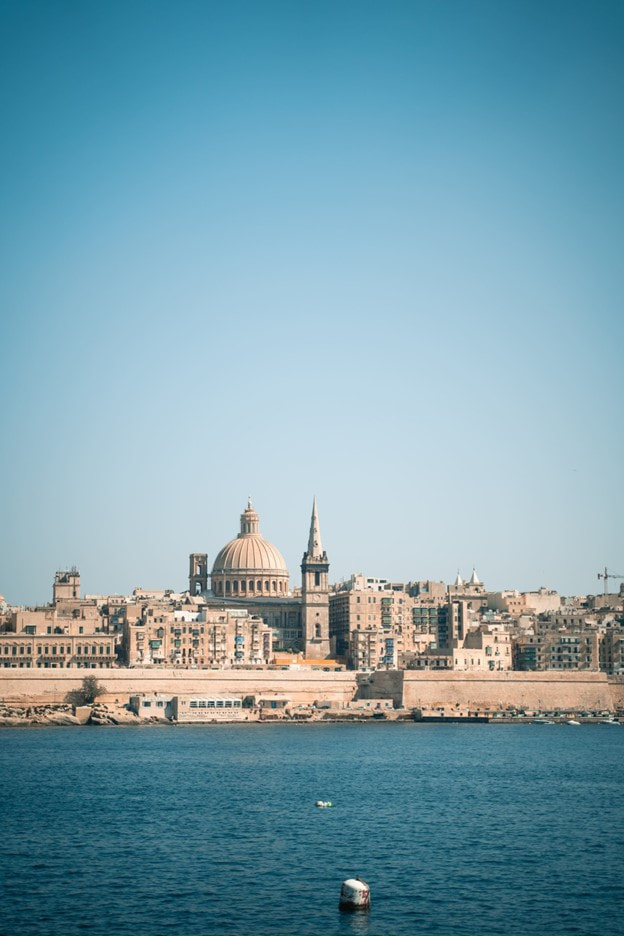
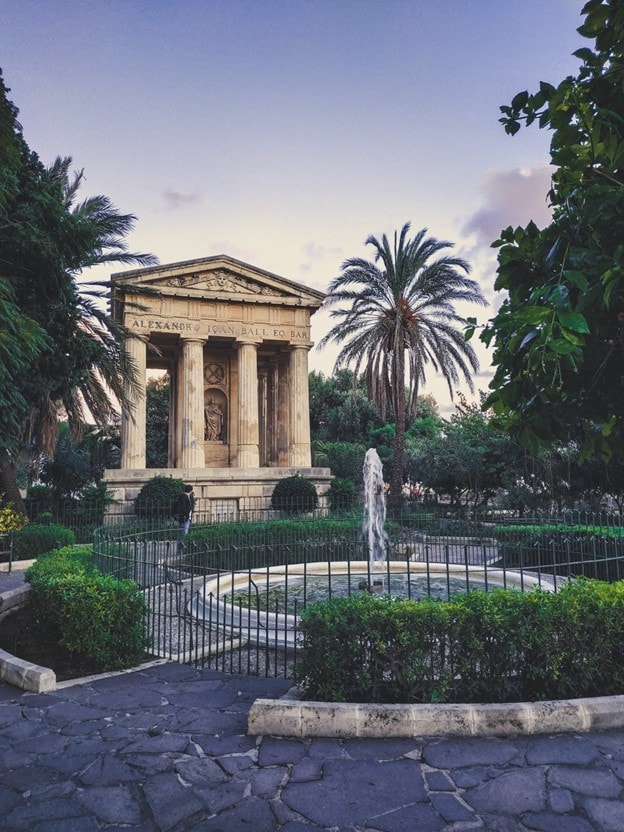
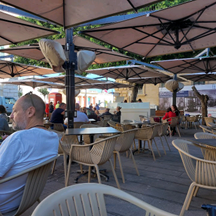

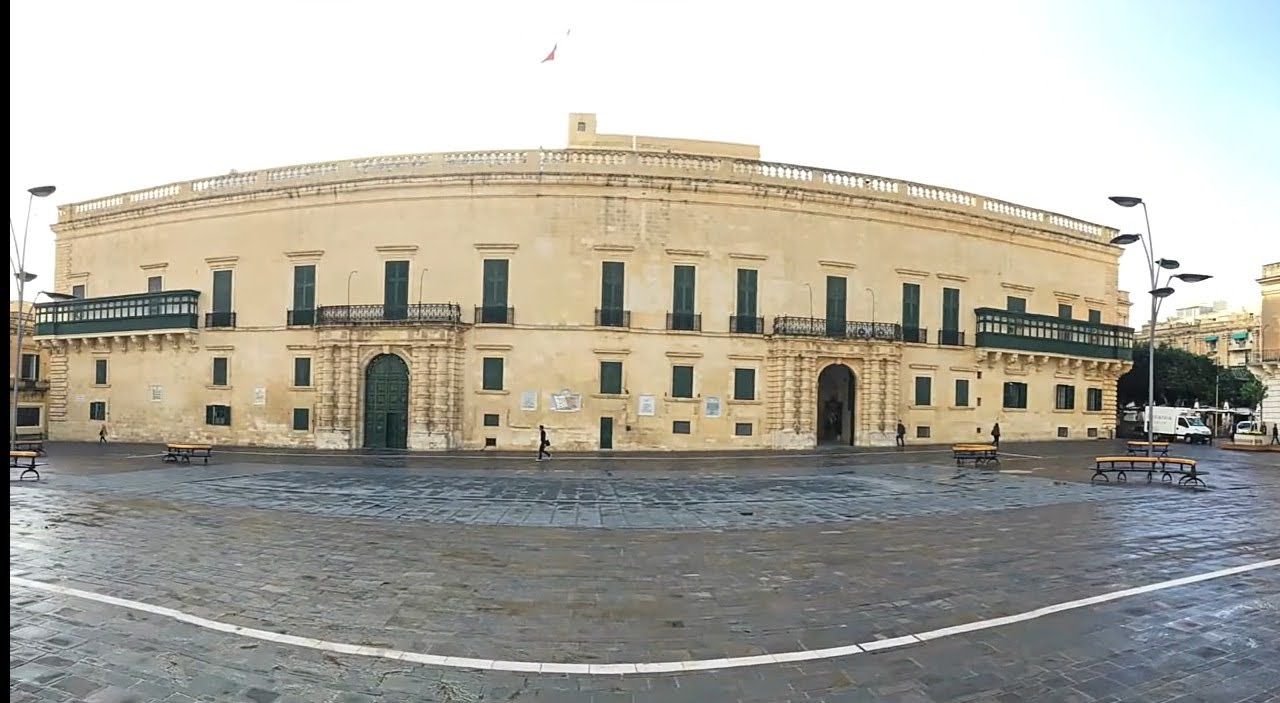
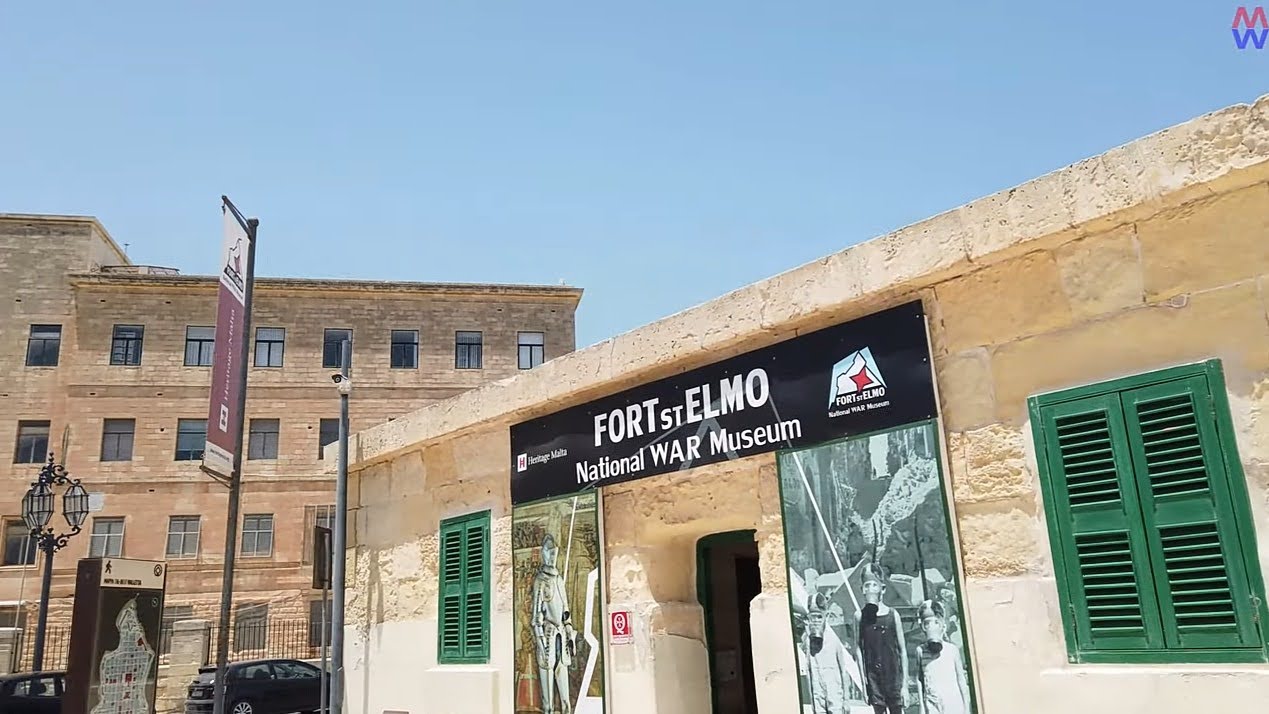


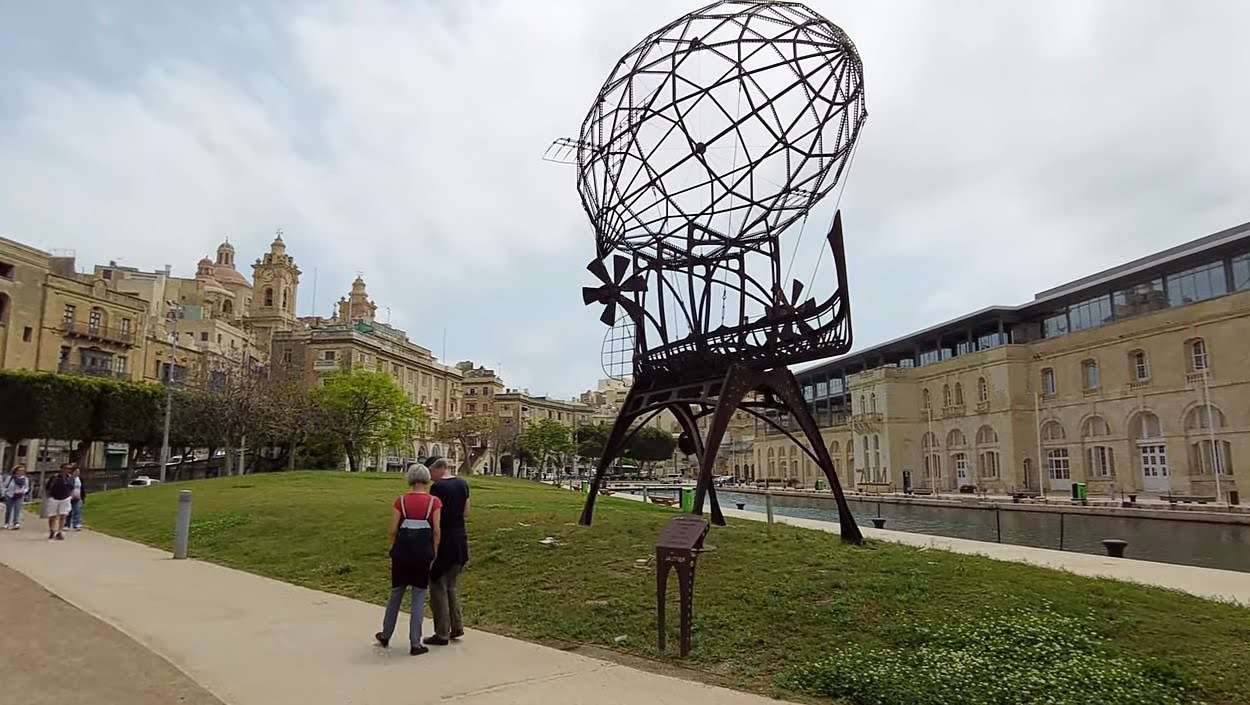
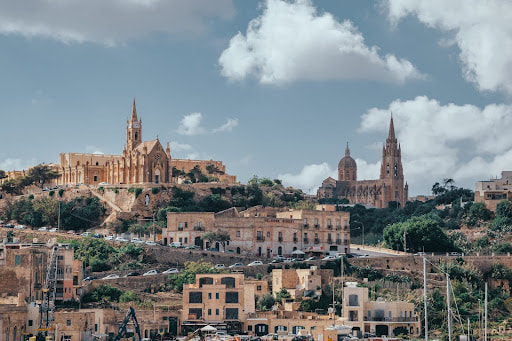
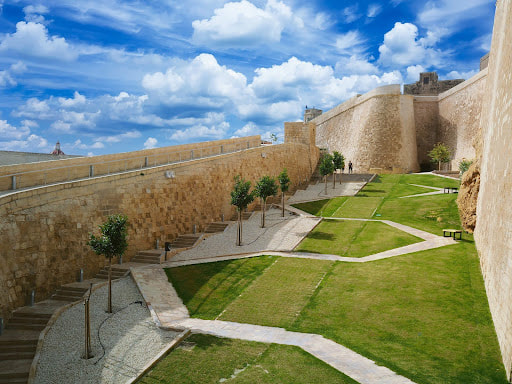
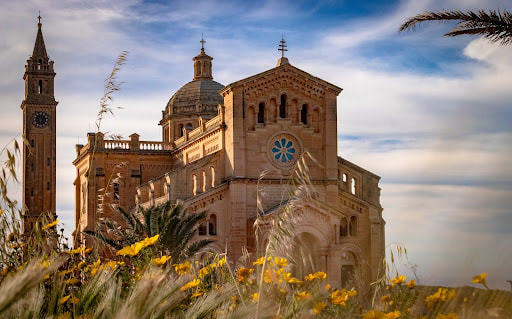
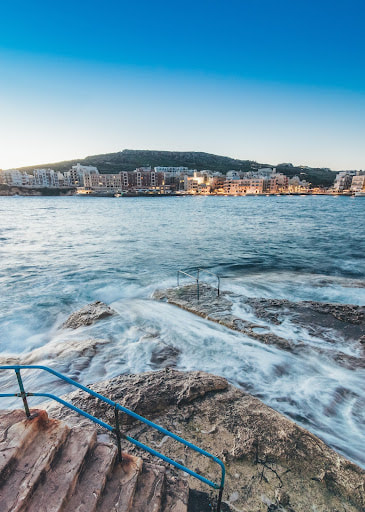
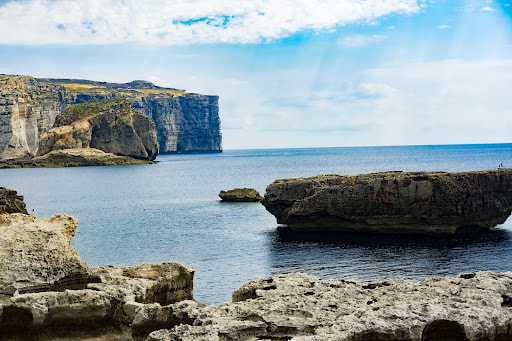
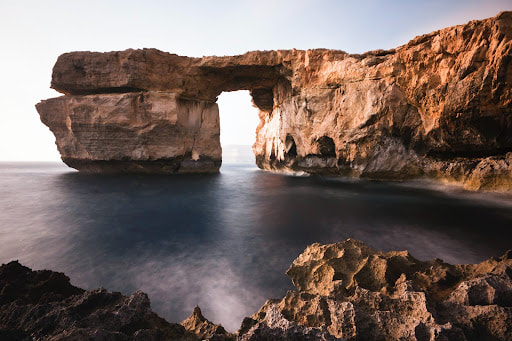

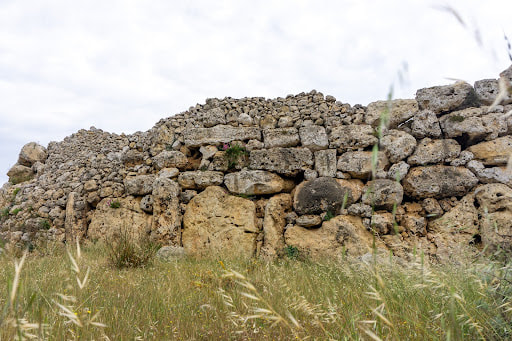
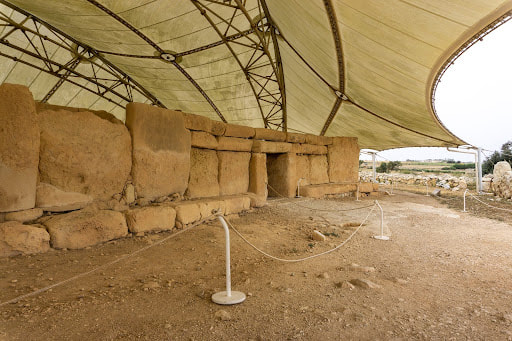
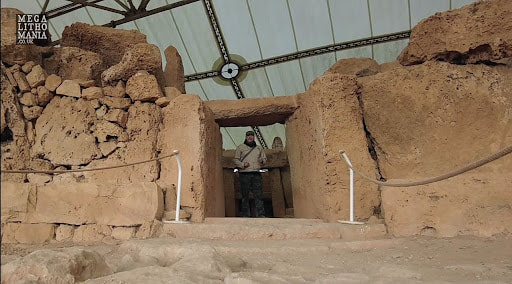
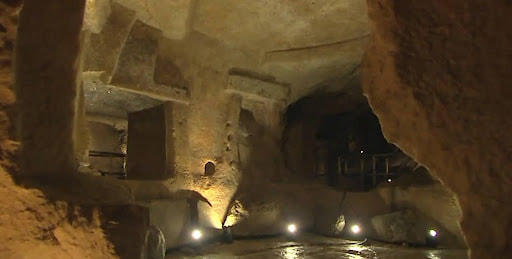
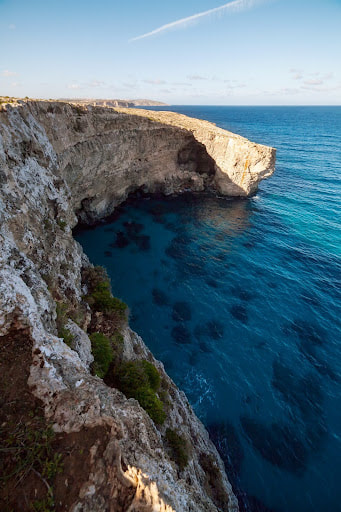
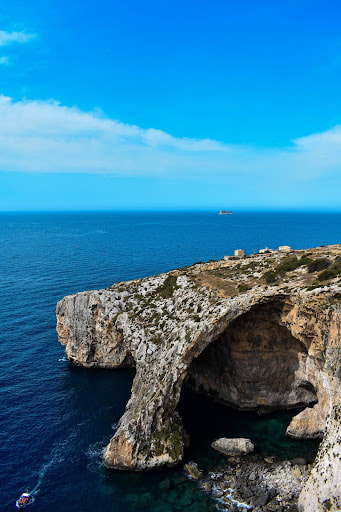
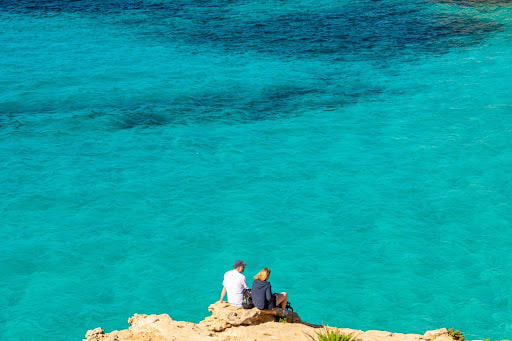
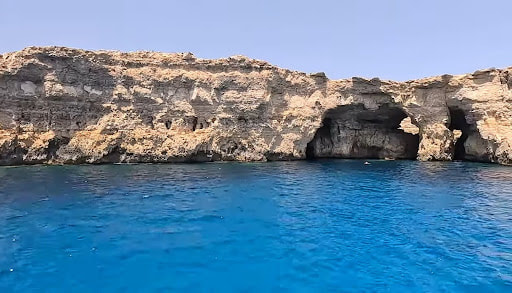
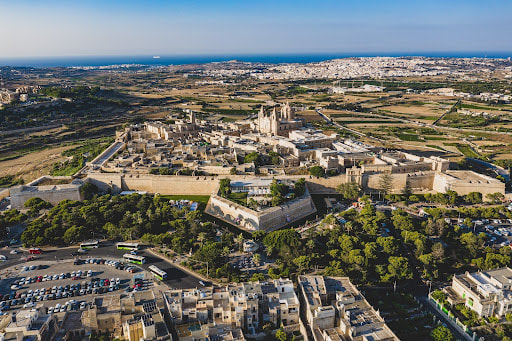



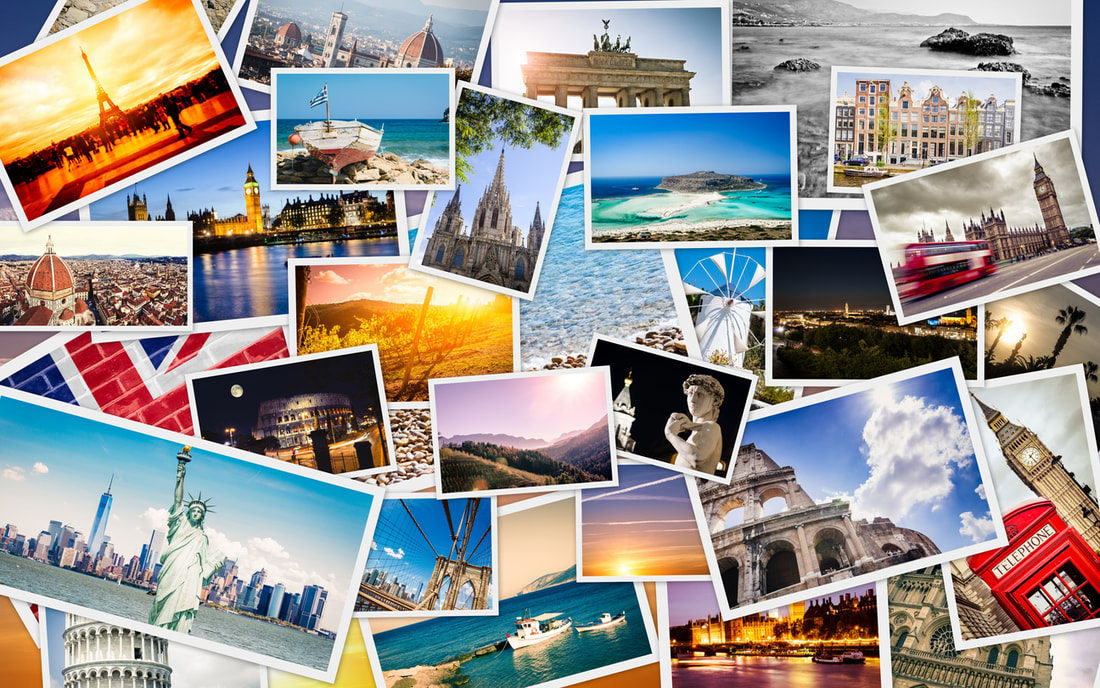





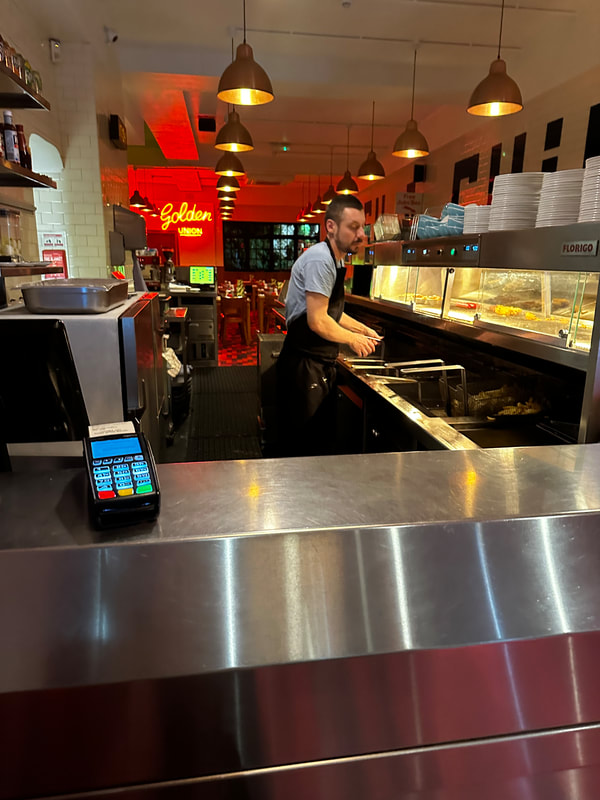
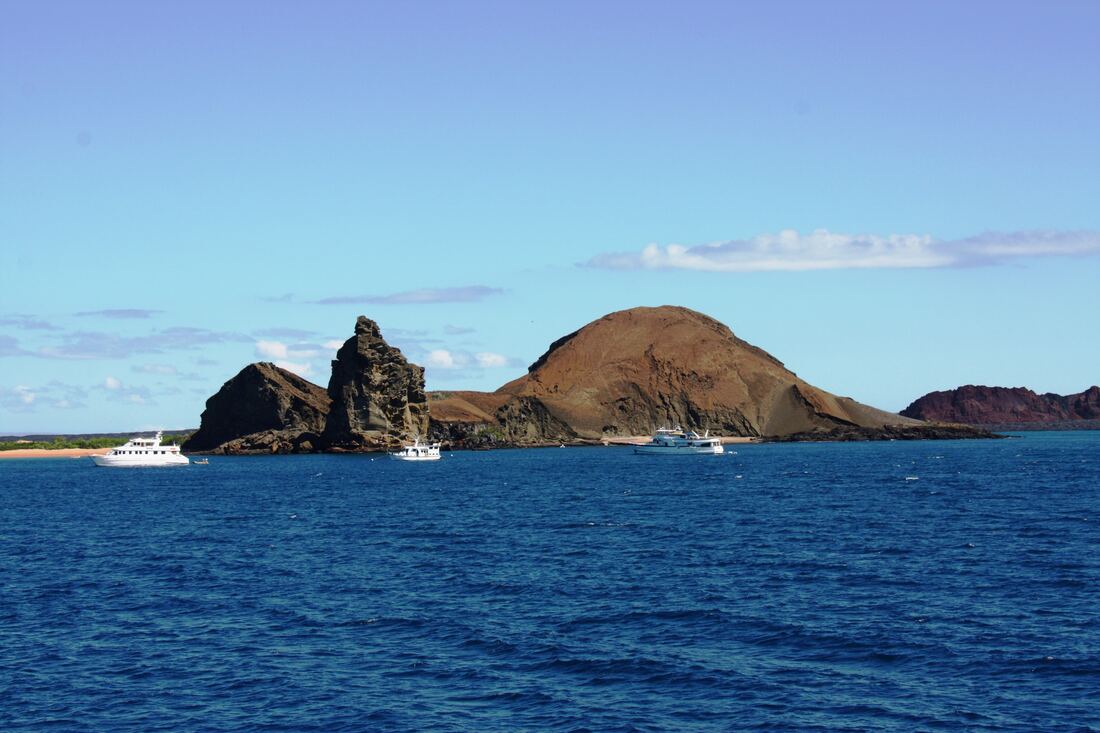
 RSS Feed
RSS Feed
